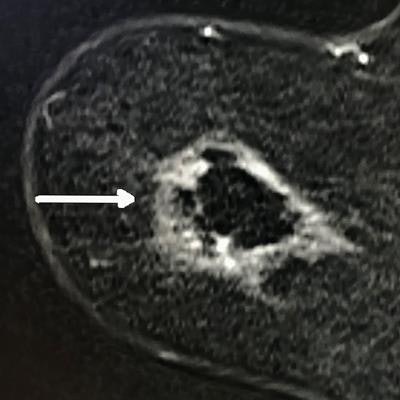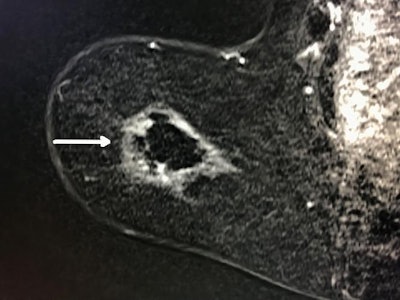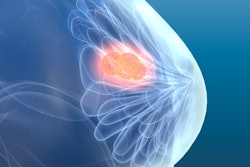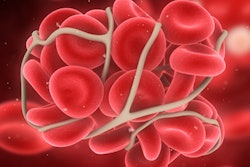
Ultrasound-guided cryoablation shows promise as a new tool for treating breast cancers that are detected early and considered to be low-risk, according to research presented on Wednesday at the RSNA 2018 meeting.
If the technique's effectiveness is confirmed, it could offer women a less-invasive alternative to surgery for breast lesions, said lead study author Dr. Kenneth Tomkovich, director of breast imaging and interventions at CentraState Medical Center in Freehold, NJ, in a statement released by the RSNA. Tomkovich has been conducting a study called the Ice3 trial since 2014 to evaluate the performance of ultrasound-guided cryoablation for breast cancer treatment.
"If the positive preliminary findings are maintained as the patients enrolled in the study continue to be monitored, that will serve as a strong indication of the promise of cryotherapy as an alternative treatment for a specific group of breast cancer patients," he said.
Cryoablation involves destroying cancer cells by freezing them, and it has been used to treat cancer in other parts of the body, such as the kidneys and the lungs. But it has yet to be used extensively for breast cancer, according to Tomkovich.
And although breast imaging technology has advanced and clinicians are finding smaller, lower-risk cancers, treatment options have not necessarily kept up, he noted.
"We're finding smaller and smaller breast cancers, but we're still treating them the same way we did 30 years ago," Tomkovich said.
Cryoablation offers a new way to treat the disease. For the procedure, a probe is inserted into the tumor through an incision in the skin using local anesthesia. The clinician uses ultrasound to guide the probe; once it is in place, liquid nitrogen is delivered to the tumor. During an initial, eight-minute freezing cycle, the nitrogen forms an ice ball that surrounds the tumor and destroys it. After a thaw cycle, the clinician performs another eight-minute freeze cycle to make sure all of the cancer cells are eradicated. The procedure takes less than an hour, Tomkovich said.
Freezing the tumor has advantages over heating it, one of which is that the tissue retains its shape when frozen, making it easier to eliminate the tumor completely, according to the researchers.
The Ice3 trial currently includes 18 centers across the U.S.; 180 women ages 60 and older with biopsy-proven, low-risk breast cancer have undergone the procedure and are being followed up with mammography at six and 12 months and then annually for five years. All patients have had at least six months of follow-up, while 75 have been followed for at least 24 months and 20 have been tracked for at least 36 months, Tomkovich said.
Only one patient of the 180 has had a cancer recurrence, equating to a success rate of 99.4% for ultrasound-guided cryoablation.
 MRI after ablation shows white outline of ablation zone referred to as "cryohalo" with normal dark breast tissue centrally and no evidence of residual cancer (arrow). Image courtesy of RSNA.
MRI after ablation shows white outline of ablation zone referred to as "cryohalo" with normal dark breast tissue centrally and no evidence of residual cancer (arrow). Image courtesy of RSNA.Tomkovich plans to publish final results of the study when five-year follow up data are available.
"The women being treated in this trial with cryoablation represent the majority of patients we currently diagnose with breast cancer," he told AuntMinnie.com. "If it's proven that cryoablation works, it could offer women a nonsurgical, image-guided option for treatment of their breast cancers."



















